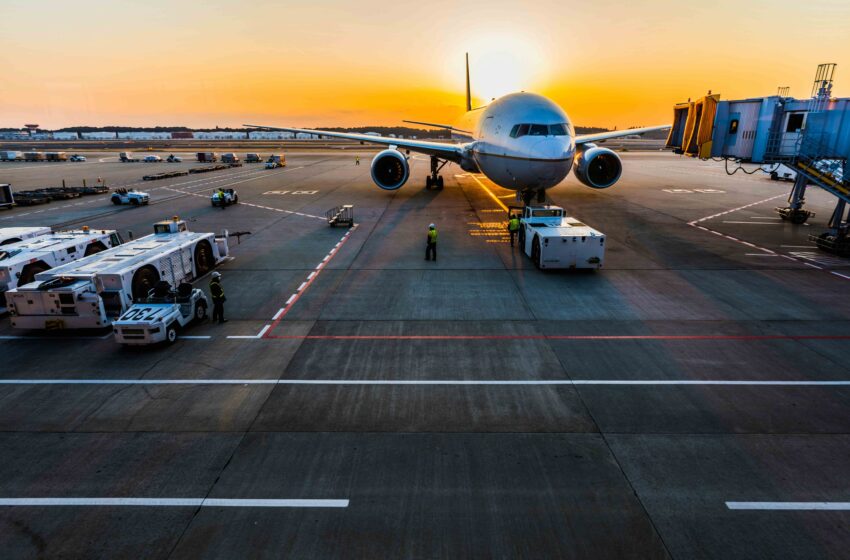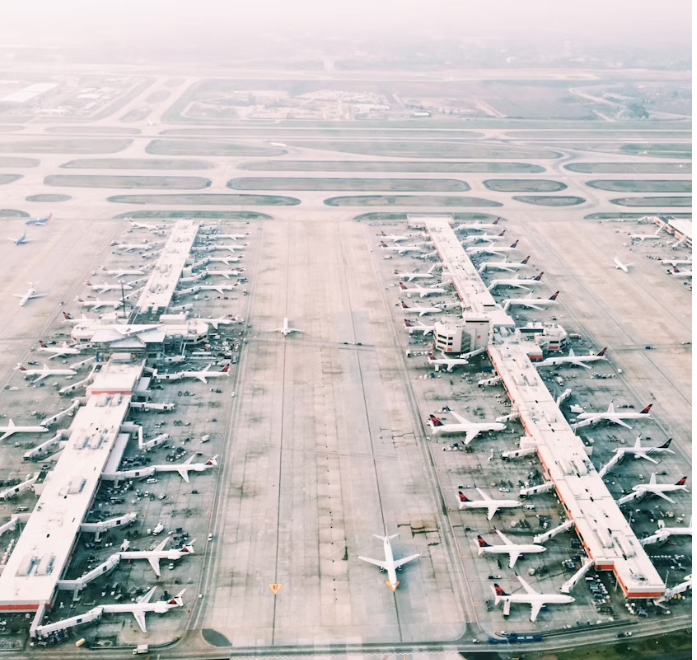
Denver International Airport Explores Building Nuclear Reactor to Meet Energy Demands
In a bold and unexpected announcement, Denver International Airport (DIA)—the largest airport in the U.S. by land area—is actively exploring the development of a small modular nuclear reactor (SMR) on its 33,500-acre property. The move is being positioned as part of a forward-thinking strategy to sustainably meet future energy demands amid rapid commercial development.
Speaking at the Future of Aerotropolis event hosted by BusinessDen, DIA CEO Phil Washington emphasized the urgency and importance of the idea.
“When we think about capacity and electricity and power, the development that’s going on out there, we need to be thinking about this,” Washington said. “This is imminent. I plan to bring forward a study on how we can do this.”
The proposal has sparked national conversation—not just for its ambition, but also because it could mark one of the first nuclear-powered commercial airport operations in the world.
DIA’s Energy Vision: From Runways to Reactors
As the airport continues to expand its infrastructure and aims to become a hub for private development, the pressure on its energy resources has grown significantly. With plans to turn large portions of its land into business parks, logistics hubs, and even smart cities, energy self-sufficiency is no longer a luxury—it’s a necessity.
Small Modular Reactors (SMRs) are an emerging class of nuclear technology that offers a lower-risk, scalable, and more adaptable alternative to traditional large-scale reactors. SMRs are already being tested and deployed across the U.S., with support from the Department of Energy.
“Aviation hubs like Denver are becoming micro-cities,” said Ari Raines, an energy policy analyst. “A modular nuclear reactor could power not just the terminals but nearby commercial developments, making the airport an energy anchor for the region.”
Political and Regulatory Tailwinds
While nuclear power remains a controversial subject, it is gaining bipartisan momentum as a “clean” energy alternative capable of delivering zero-emission baseload power. Several recent developments have laid the groundwork:
- Colorado Governor Jared Polis signed legislation in April 2025 labeling nuclear as a “clean energy resource,” making future projects eligible for state funding previously reserved for wind and solar.
- New York has greenlit construction for the state’s first nuclear plant in a generation.
- Texas, under Governor Greg Abbott, has created a nuclear energy office and committed $350 million to expand nuclear energy infrastructure.
“We can’t meet decarbonization goals without nuclear in the mix,” said Dr. Selena Byrd, an environmental scientist. “And SMRs may finally be the way to do that safely and affordably.”
Why Now—and Why at an Airport?
The massive size of DIA’s property makes it uniquely positioned for infrastructure that most airports could never accommodate. Denver’s land portfolio is nearly twice the size of Manhattan. That scale gives Washington and his team flexibility to experiment with advanced infrastructure projects, such as energy innovation.
Moreover, airports are energy-intensive by nature—powering terminals, air traffic control systems, lighting, EV charging, and more. Add future commercial and industrial projects, and DIA could face power shortages unless it diversifies its energy sources.
“We’re not just managing an airport anymore,” Washington said. “We’re shaping an aerotropolis. Energy is central to that vision.”
Controversies and Questions
While visionary, the announcement has drawn scrutiny. Critics have pointed to Washington’s limited aviation experience and past controversies—including a failed FAA nomination and questions about his role in a Los Angeles MTA investigation.
Some residents have also voiced safety concerns over the idea of a nuclear reactor—however small—operating near a high-traffic airport.
“It’s a compelling concept, but the public must be reassured through transparent environmental and safety studies,” said Mark Lydell, a community energy activist.
To address concerns, Washington has proposed a formal feasibility study that would assess logistics, environmental impact, grid integration, cost, and public response.
What Are Small Modular Reactors?
SMRs are compact nuclear fission reactors designed to produce up to 300 megawatts of electricity, a fraction of traditional nuclear plants. Unlike older facilities, SMRs are:
- Factory-built and easily transported
- Inherently safer by design, using passive cooling systems
- Scalable, allowing operators to install additional units based on demand
- Faster to construct and potentially cheaper to operate
Several private companies—such as NuScale Power and TerraPower—are leading the charge in SMR deployment across North America.

FAQs: Denver Airport Nuclear Reactor Plan
Q: Is Denver International Airport really building a nuclear reactor?
A: Not yet. DIA CEO Phil Washington has announced plans to study the possibility of building a small modular reactor (SMR) to meet future energy needs.
Q: Why does the airport need a nuclear reactor?
A: To sustainably power ongoing and future development on its vast 33,500-acre property, which includes business parks, commercial projects, and aviation operations.
Q: Is nuclear power safe near an airport?
A: SMRs are designed with strict safety protocols and passive cooling systems. The feasibility study will address environmental and safety concerns before any construction begins.
Q: Who regulates nuclear energy projects like this?
A: In the U.S., the Nuclear Regulatory Commission (NRC) oversees all civilian nuclear projects. State environmental agencies would also participate.
Q: How soon could this happen?
A: Washington stated the study is imminent, but construction—if approved—could take several years due to regulatory and engineering timelines.
Q: Are other airports considering similar projects?
A: Not publicly. DIA’s plan would be among the first of its kind, positioning it as a global pioneer in airport-driven clean energy infrastructure.
Final Take: A Visionary Gamble or Futuristic Necessity?
Phil Washington’s proposal may sound ambitious, even controversial. But as airports evolve into multi-use economic hubs, energy independence will become a critical metric for competitiveness.
If the project advances, Denver International Airport won’t just be a gateway to the skies—it might become a model for nuclear-powered urban infrastructure.
With bipartisan political momentum, emerging nuclear tech, and rising energy demands, DIA’s nuclear vision might be more practical than previously imagined.
“Whether this happens or not,” said Raines, “Denver just opened the door to a whole new conversation about what infrastructure resilience really looks like.”






